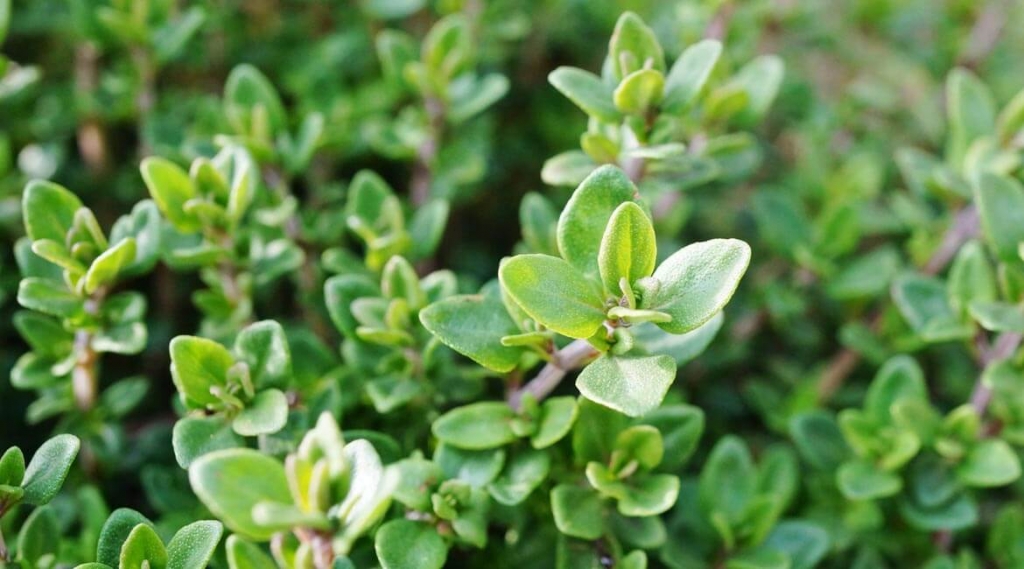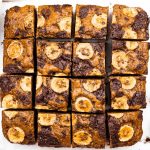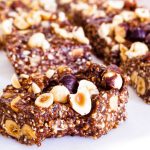
Healthy Lifestyle
Wholefoods and growing your own Herbs
Image: Fresh thyme is packed with immune boosting nutrients such as vitamin C, A and magnesium
Growing your own herbs at home is a great way to save money and beautifully complement your wholefoods diet. Herbs are easy to grow, as they are generally very hardy and when used fresh will significantly increase the nutrient value of your food. There are many herbs to choose from but some of my personal favourites include mint, oregano, sage, parsley, dill, lemon balm, marjoram and thyme.
Mint grows extremely well and will spread like wild fire wherever it can so is best kept contained. There are many edible varieties and two common ones are Peppermint and Vietnamese mint; both full of flavour with a bite, great in soups and other cooked dishes as they hold up to the heat. Softer flavoured mints go well in warm salads such cous cous with roasted onions and pecans or thrown into a smoothie. The menthol in mint is the reason for the unique taste as well as the medicinal effects. Mint can soothe the stomach, reduce bloating and gas as well as calm the digestive tract.
Thyme grows all year round and is much stronger when used fresh, however it does hold its flavour when dried better than most other herbs. This highly aromatic herb has long been revered medicinally for its potent antiseptic and anti-fungal qualities, which makes it valuable in mouthwashes, wound dressings and to fight fungal infections. Thyme is also packed with immune boosting nutrients such as vitamin C, vitamin A and magnesium.
Sage has a long history of culinary as well as medicinal use. With a strong aromatic flavour, sage adds a punch to sauces and marinades. Use fresh for optimal flavour, this powerful herb will withstand cooking for a long period of time. Drinking the steeped leaves as a tea will help to soothe a sore throat, aid digestion and reduce muscle tension due to its anti-inflammatory, anti-spasmodic and anti-bacterial properties. To top it off, sage is also high in calcium and iron.
Dill is a beautiful plant with vibrant green feathery leaves and bright yellow flowers that will attract beneficial insects to the garden. Containing iron and calcium, this herb is a fantastic addition to fish, simply sprinkle on or stir through mayonnaise with crushed garlic.
Parsley is a household favourite due to its subtle, yet pleasantly fragrant flavour and its wonderful self-seeding nature, returning to your garden year after year with minimal effort. Parsley is also highly medicinal, containing a range of cell-protecting anti-oxidants as well as magnesium, potassium and iron.
Lemon balm has a deliciously delicate lemon taste and is used to add a soft tang to sweet or savoury dishes. It can be added to salsas, sauces, casseroles or any dish that needs a subtle lemon flavour. This herb is best added at the end of cooking in order to benefit most from its gentle aroma. Lemon balm is great as a tea as it is known for its uplifting qualities and according to an old Arabian proverb, ”Balm makes the heart merry and joyful.”
Having herbs in your garden means there is a constant array of fresh flavour choices right at your finger tips, the perfect ingredients to add to your wholefood cooking.
Enjoy your week in the kitchen!
Jesabe Warner
Naturopath, Affordable Wholefoods


















Leave a reply